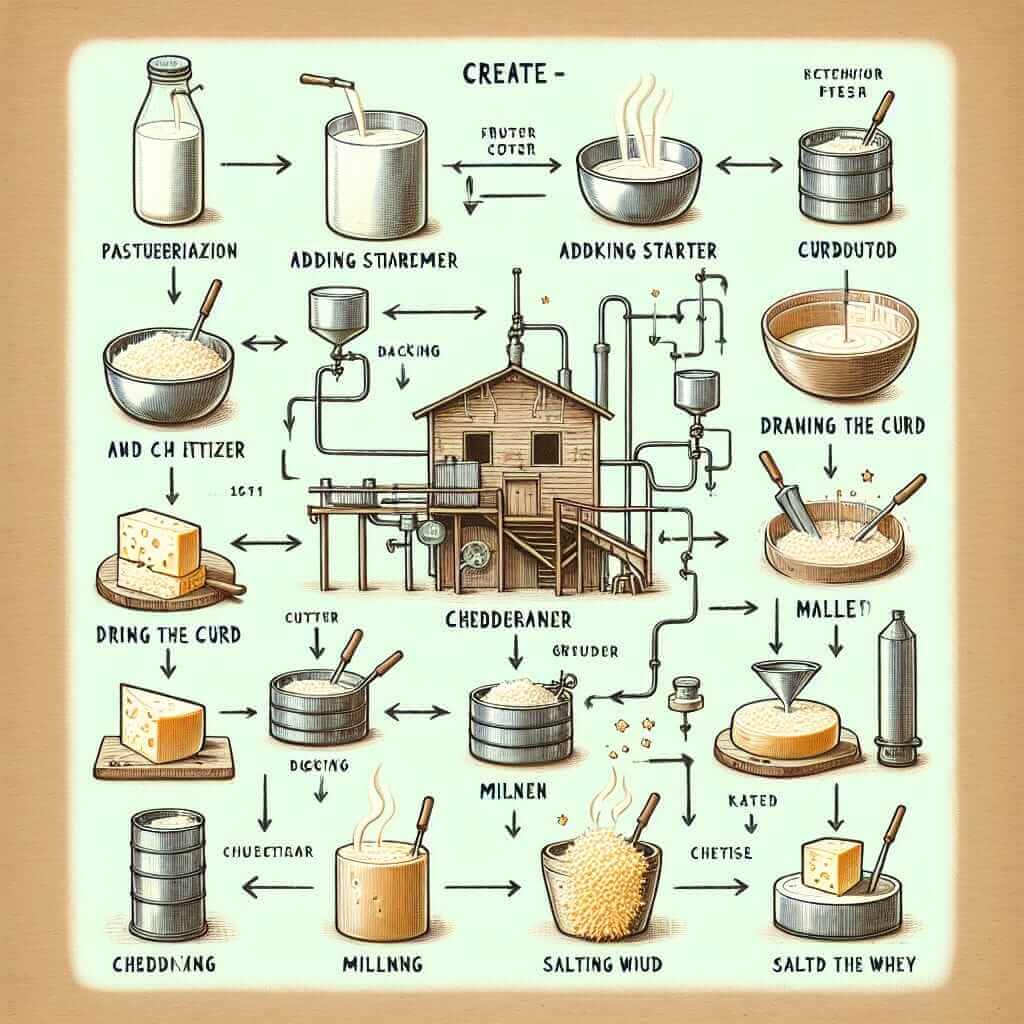In the IELTS Academic Writing Task 1, you may be asked to describe a process. This can be anything from how a natural phenomenon occurs to how a product is manufactured. While many test-takers find this task type less common, being prepared for it can give you a significant advantage on exam day. This comprehensive guide will provide you with a clear roadmap to confidently tackle process diagrams and achieve a high band score in your IELTS Writing exam.
Understanding IELTS Process Writing
Before we delve into the specifics, let’s clarify what a process description entails in the context of IELTS Writing Task 1. Your task is to accurately and effectively describe a series of stages or steps involved in a particular process, using clear and concise language. This could involve natural processes (e.g., the water cycle, the formation of a volcano) or man-made processes (e.g., how coffee is made, the manufacturing of glass).
Key Steps to Master IELTS Process Writing
Here’s a detailed breakdown of the essential steps to craft a high-scoring process description:
1. Analyze the Diagram
Take a few minutes to carefully examine the diagram. Identify the main stages of the process and note any starting and ending points. Pay close attention to:
- Components: What are the different parts or elements involved?
- Sequence: What is the order of the stages?
- Connections: How do the stages link together? Are there any arrows, symbols, or words that indicate movement or transformation?
2. Structure Your Response
A well-organized response is crucial for clarity. Here’s a suggested structure:
- Introduction (Paraphrase): Briefly describe the process depicted in the diagram using your own words.
- Overview: Provide a general statement summarizing the entire process. Highlight the key stages and the overall direction of the process (e.g., linear, cyclical).
- Body Paragraphs (Detailed Description): Divide the process into logical paragraphs, with each paragraph focusing on a specific stage. Use clear and concise language to describe each step, ensuring a smooth transition between them.
- Conclusion (Optional): While not strictly necessary, a concise concluding sentence can summarize the outcome or final product of the process.
3. Use Appropriate Vocabulary and Grammar
- Sequencing Words: Use a variety of sequencing words (e.g., first, then, next, subsequently, following this, finally) to guide the reader through the process.
- Passive Voice: The passive voice is commonly used when describing processes, particularly when the action is more important than the agent. For example, “The coffee beans are roasted.”
- Present Simple Tense: Generally, use the present simple tense to describe the stages of the process as if they are happening now.
- Technical Terms: If there are any technical terms in the diagram, make sure you understand their meaning and use them correctly in your description.
4. Practice and Review
Consistent practice is key to mastering any skill. Regularly practice writing process descriptions from sample IELTS diagrams. Pay attention to the feedback you receive, and focus on refining your vocabulary, grammar, and overall coherence.
Example of an IELTS Process Description
Let’s look at a sample IELTS Task 1 question and a model answer:
The diagram below shows the process of making cheese.
Summarize the information by selecting and reporting the main features, and make comparisons where relevant.
(Insert image of a cheese-making process diagram here)

Model Answer:
The diagram illustrates the process of cheese production, from the initial collection of milk to the final product.
Overall, the process involves a series of stages, beginning with the delivery of milk and culminating in the packaging of mature cheese.
Initially, fresh cow’s milk is delivered to a dairy factory, where it is poured into a large storage tank. Next, the milk is pasteurized to eliminate any harmful bacteria before being transferred to a mixing tank. In this tank, bacterial culture is added to the milk, which initiates the separation of curds and whey.
Following this, the curds are carefully cut and stirred to release excess whey, which is then drained off. The remaining curds are then salted and compressed into molds. These molds are left to ripen for a period of several weeks or even months, depending on the desired type of cheese.
Finally, once the cheese has reached the desired maturity, it is packaged and ready for distribution to consumers.
Tips for Success
- Manage Your Time: Allocate your time wisely, spending about 20 minutes on Task 1.
- Be Concise and Relevant: Focus on the key information and avoid including unnecessary details.
- Proofread Carefully: Allow a few minutes at the end to review your work for any grammatical or spelling errors.
Conclusion
By following these steps and practicing regularly, you can approach the IELTS Writing Task 1 process description with confidence. Remember to analyze the diagram thoroughly, structure your response clearly, and use appropriate vocabulary and grammar. With dedication and preparation, you can achieve your desired band score in the IELTS exam.